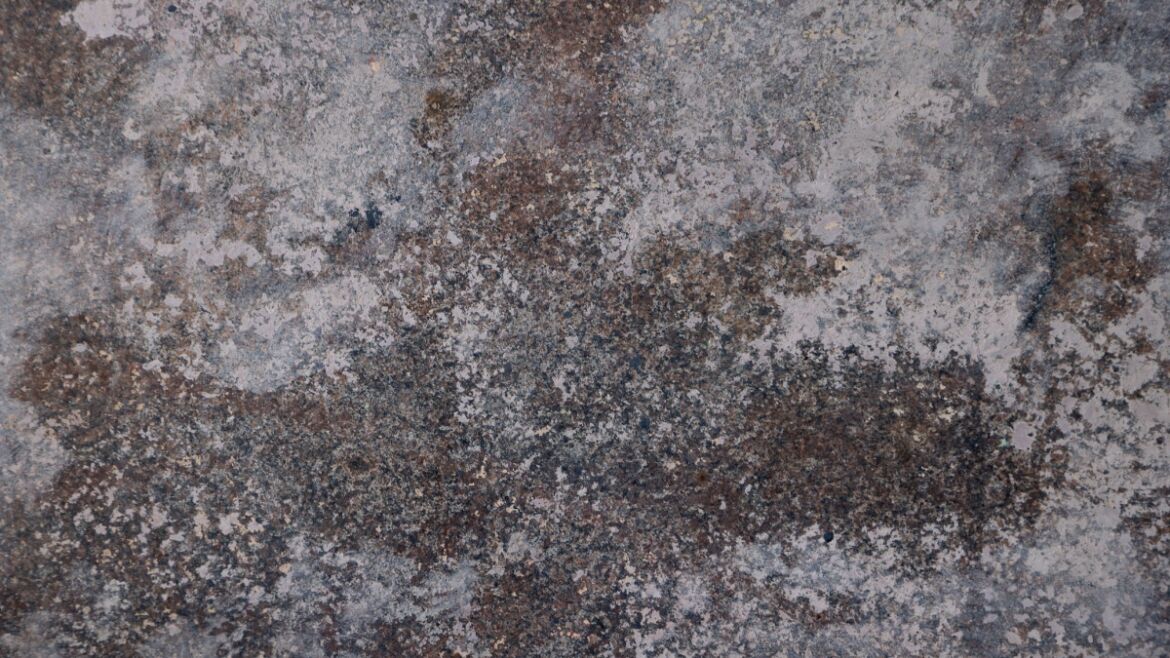Granite. A rock so resilient it’s withstood the test of time for millions of years, yet so versatile it graces modern kitchens with elegance. It’s a natural marvel born from the fiery depths of Earth’s crust. This remarkable stone brings interesting history and surprisingly beneficial qualities that you may not have known about. You might think you know granite, but prepare to be amazed by what this ancient rock brings to the table – literally and figuratively. Here are a few interesting facts about natural granite and why you should incorporate it into your home.
Granite Is an Igneous and Plutonic Rock
Did you know that granite’s journey begins deep beneath the Earth’s surface? As an igneous rock, it forms when magma slowly cools and solidifies underground. This process gives granite its distinctive coarse-grained texture and stunning blend of minerals. The slow cooling allows large crystals to form, creating that speckled appearance you love in your kitchen. It’s not just any igneous rock, though – granite is a plutonic rock, meaning it forms deep within the Earth’s crust. Next time you run your hand over a granite countertop, remember you’re touching a piece of Earth’s beauty.
Granite Is One of the Oldest Rocks in the World
When you choose granite for your home, you’re bringing in a slice of Earth’s ancient history. Some granite formations date back over 3 billion years! That’s older than most life on Earth. This incredible age is why geologists often use granite to study the Earth’s early history. The minerals in granite act like a time capsule, preserving information about the conditions under which they formed. So, your granite countertop is more than just a beautiful addition to your kitchen. It’s a geological marvel that has witnessed the evolution of our planet.
The Name Granite Is Derived From Latin
Ever wondered about the origin of the word “granite”? It comes from the Latin word “granum,” meaning “grain.” This name perfectly describes granite’s coarse-grained texture, which you can easily see with the naked eye. The visible grains are actually interlocking mineral crystals, mainly quartz, feldspar, and mica. Each of these minerals contributes to granite’s unique properties and appearance. The next time you look at a granite surface, try to spot the different mineral grains, and when choosing granite, try to find unique patterns in each of the grains.
Granite Can Be Recycled
Here’s a surprising fact: granite is 100% recyclable! When a granite countertop or structure reaches the end of its life, it doesn’t have to end up in a landfill. Crushed granite can be repurposed for various uses, from road construction to landscaping. Some creative artisans even use recycled granite to create beautiful mosaics or sculptures, making granite an environmentally friendly choice for your home. With granite, you’re getting a durable and beautiful material that also makes a sustainable choice that can have a positive impact long after its initial use.
Granite Can Have Fissures (Not Cracks)
If you’ve ever closely examined a granite slab, you might have noticed what look like tiny cracks. But don’t fret – these aren’t structural weaknesses. What you’re seeing are natural fissures formed as the granite cooled and solidified over millions of years. These fissures are part of granite’s character and don’t affect its strength or durability. In fact, they often contribute to the unique patterns that make each piece of granite one-of-a-kind. So embrace these natural features – they’re part of what makes your granite truly special and unique to your home.
Granite Can Handle Excessive Heat
One of granite’s most impressive qualities is its heat resistance. This natural stone can withstand temperatures up to 1,200°F without damage. That’s why you can place hot pots and pans directly on your granite countertop without worry. This heat resistance comes from granite’s igneous origins – it was born in the intense heat of the Earth’s crust. So when you’re cooking up a storm in your kitchen, your granite countertops can handle the heat without breaking a sweat (and can cover up any mistakes you may make, too!).
Some of the World’s Most Famous Structures Use Granite
Granite’s durability and beauty have made it a favorite of architects and sculptors for centuries. The ancient Egyptians used it to build pyramids, and it forms parts of iconic American landmarks like Mount Rushmore and the Lincoln Memorial. The world’s largest exposed granite monolith, Stone Mountain in Georgia, stands as a testament to granite’s enduring nature. Even modern skyscrapers often incorporate granite in their construction. When you choose granite for your home, you’re joining a tradition that spans cultures and millennia, bringing a touch of timeless elegance to your living space.
You Can Be Next to Experience the Power of Granite in Your Home!
From Earth’s depths to the heart of your home, granite has been shaping landscapes and lives for millions of years. Why not let it transform your space next? At Suburban Marble & Granite, we’re ready to help you bring this remarkable stone into your home. Whether you’re looking for granite slabs, countertops, vanity tops, or backsplashes, we can help you write your own chapter on granite’s fascinating history. Reach out to us today and take your first step towards owning a piece of Earth’s natural artistry.


